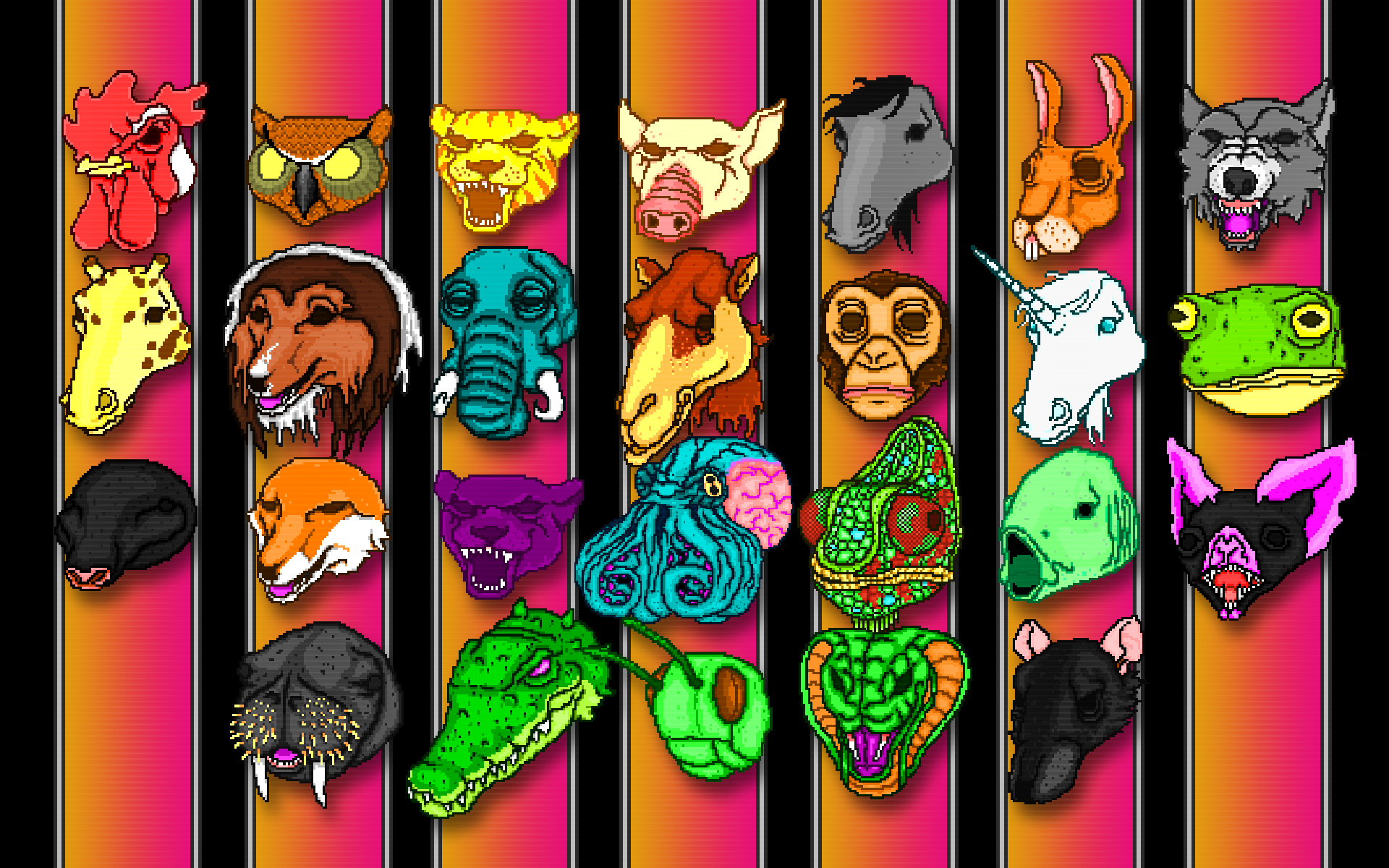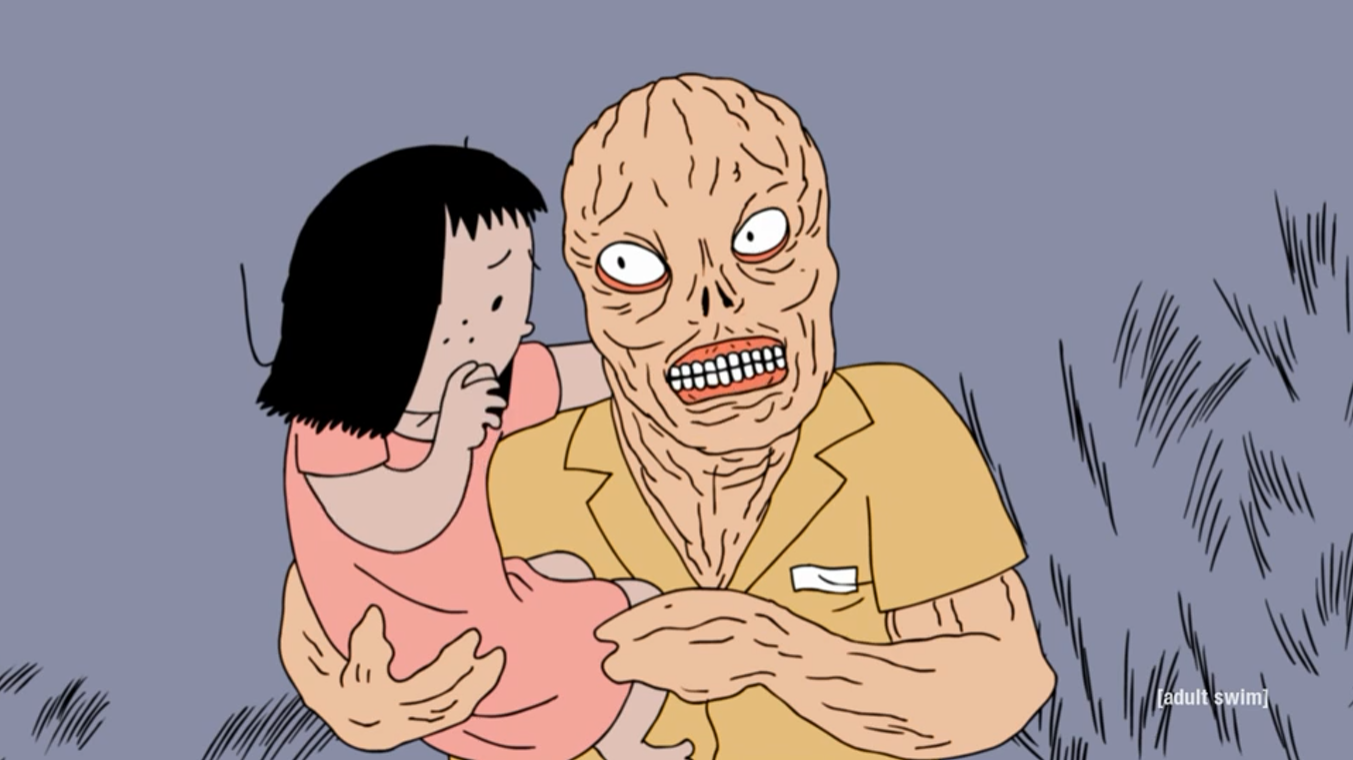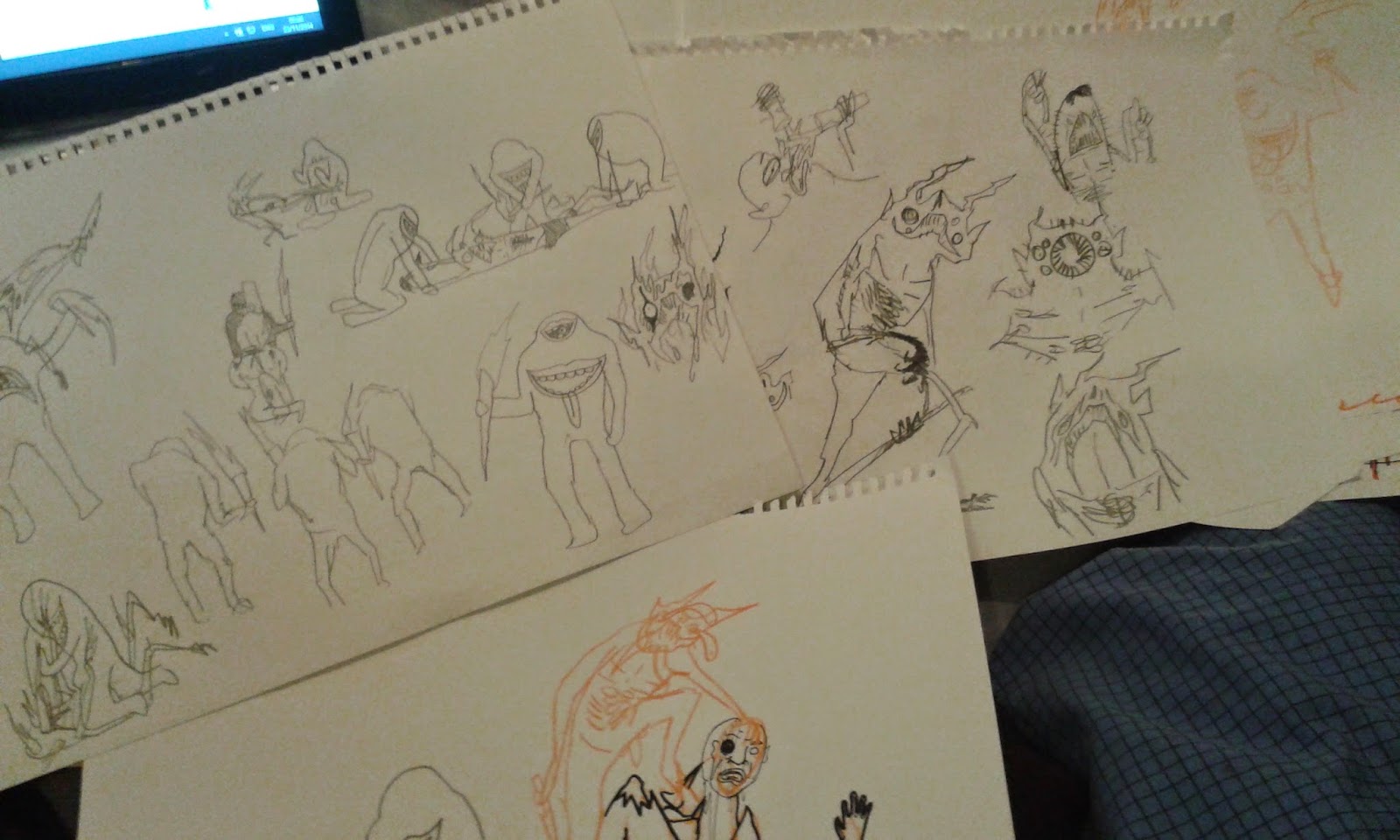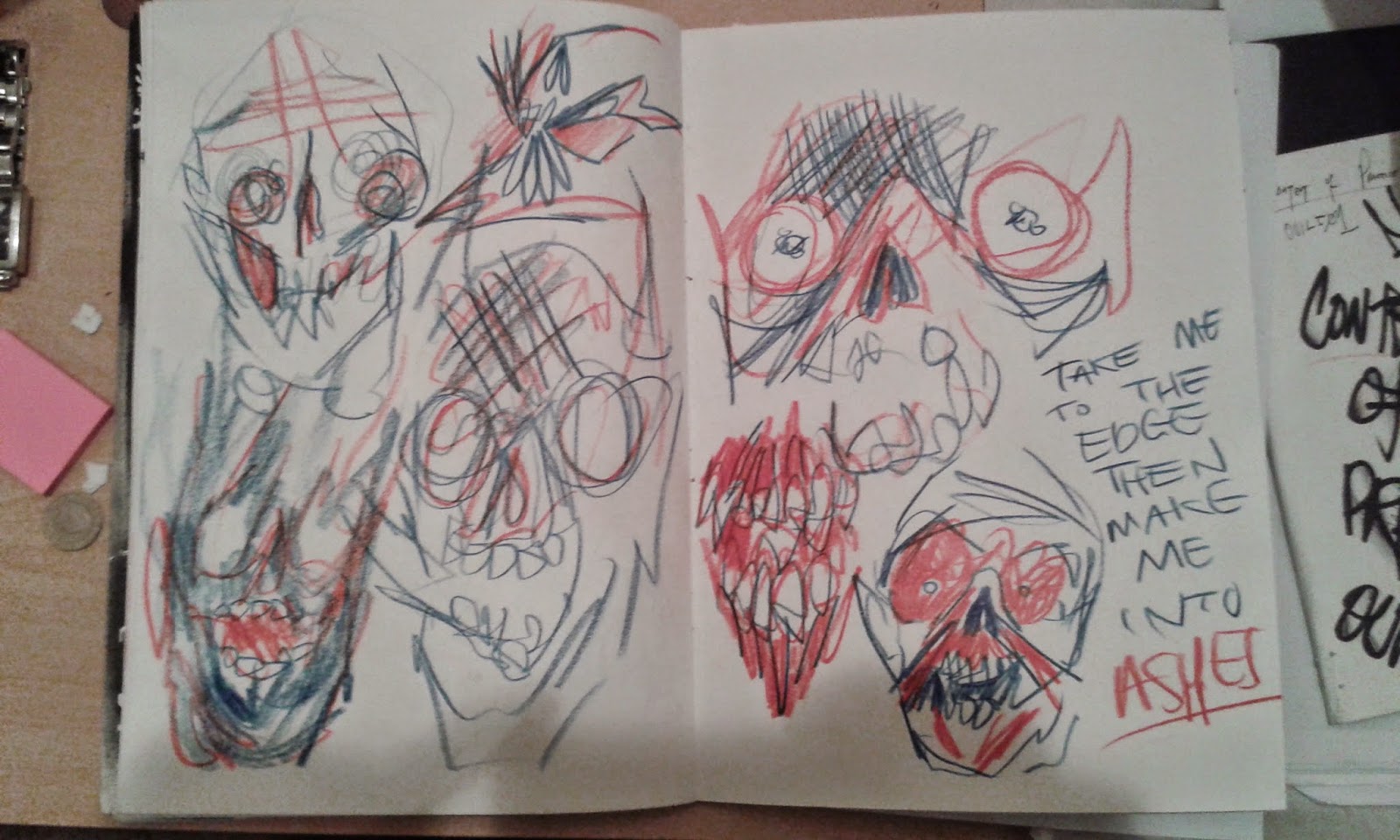Things To Get Out Of Responsive
1. To work with professional clients
2. To win!
3. To learn pitfalls, and mistakes
4.Extend portfolio
5. To gain practical skills in building professional design and pitch boards.
6. To make connections
7. Make some money
8. To learn how to manage professional briefs
9. To learn how to assess the quality of briefs
Group list
1. Broaden your approaches
2. WIN STUFF
3. Professional feedback.
4. Networking opportunities.
5. Confidence.
5. Work load management.
6. Working to deadlines.
7. Experience.
10. Locating your practice.
10 Ways Competition breifs help us.
1. Forces you to do things & projects that you wouldn't usually pick.
2. You can't win if you don't enter
3. Publicity.
4. Forces you to get out there.
5. Encourages a method of professional practice
6. Entering takes balls and enhances nerve.
7. Gives you the experience to not make as many stupid mistakes.
8. Crisis management.
9. You need money & publicity to grow onto bigger & better things.
10. Makes you realise the reality of becoming a professional.

















































